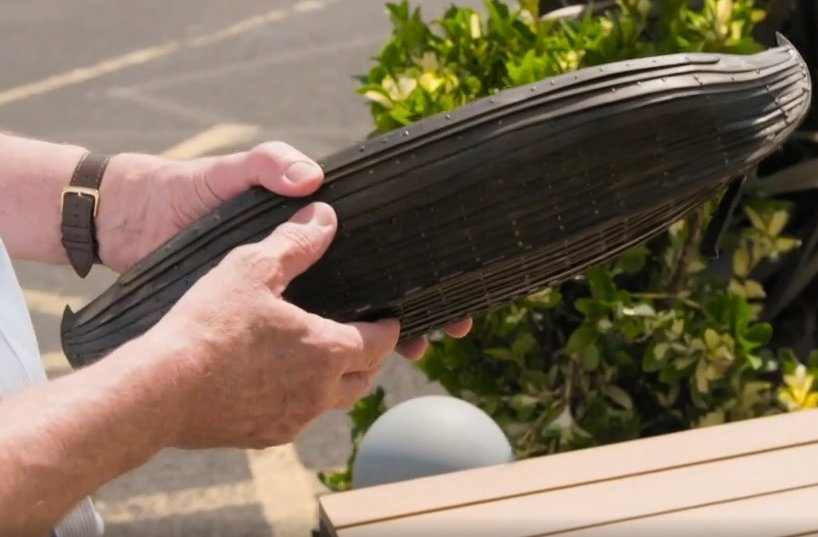Conny Waters – AncientPages.com – Nottingham scientists are co-leading a team investigating an ancient boat buried under a pub car park to find out where it came from and exactly how old it is.
The boat is buried underneath the Railway Inn on the Wirral and an archaeological investigation is taking place later this month. Professor Steve Harding, Director of the National Centre for Macromolecular Hydrodynamics at the University of Nottingham will be analysing wood and environmental samples from the boat to help reveal accurate details about this artifact’s origin.

Image credit: University of Nottingham
Professor Harding, who is from the Wirral and is also an expert on Viking history in the area will work with professional archaeologist Chas Jones and the Wirral Archaeology Community Interest Company, which Steve is also a Director of, who is co-leading the investigation.
“The vessel was originally discovered in 1938 by workmen who partially exposed the vessel, but were told by their foreman to immediately cover it over again. Fortunately one of the men made detailed notes and a sketch of it, showing a preserved vessel of clinker design (overlapping planks) – a design of boat building that originated in Scandinavia. It is of approximate length 20-30ft (6-9m), and from the sketch possibly an old transport vessel or fishing boat,” said Professor Stephen Harding, University of Nottingham, in a press release.
“It is also buried in waterlogged blue clay which is an ideal preservative as bugs can’t grow and degrade the wood: there are very few archaeological vessels that have been found in such material. It is not impossible the vessel may have derived from the time the area was heavily settled by Norsemen, or if not the descendants of these people: an investigation we did jointly with the University of Leicester has shown a high proportion of Y-chromosomal DNA of Scandinavian origin in the admixture of people from old families (possessing surnames prior to 1600) in the area. But in all honesty we just don’t know and are keeping an open mind.”
Radar scans have shown that the vessel appears to still be there. Now the team will go down systematically and make approximately 100 narrow bore holes across a wide area in front of the pub where the boat lies – buried approximately 9ft (3m) underneath the surface.
Through these holes small samples of wood and the surrounding environment will be extracted for full analysis. These techniques will minimize the damage to the vessel compared to what would happen if the boat was exposed.
The chemical analysis of the samples will be undertaken between laboratories at the University’s Sutton Bonington Campus, in conjunction with the British Geological Survey at Keyworth, the University of Oslo and the NTH at Trondheim. The analysis will involve Carbon-14 dating, this method of age determination depends on measuring the decay to nitrogen of radiocarbon (carbon-14), Dendrochronology, this is a dating technique that exploits the annual growth increments of trees to provide a precise estimate of the age (or period since formation) of a wood sample.
It will also involve analysis of the state or preservation of the wood (from the ratio of hemicellulose to lignin using a technique known as pyrolysis, and also from observation using advanced microscopic methods), the origins of the wood (from stable isotope testing and species identification) and the nature and degree of waterlogging of the environment.
The techniques we are using will shed more light on exactly what type of boat this is and where it came from. We hope our tests will now give some definite answers and end the speculation.
Chair Wirral of the Wirral Archaeology Community Interest Company (CIC), Dominga Devitt, said: “There has been intense local interest in this buried object for many years. It has been thought that the boat dates from the Viking era but no professional investigation has ever been carried out to establish the truth, so everyone is really delighted at the prospect of what we might discover.”
Professor Harding is also a lead scientist in the Saving Oseberg project with colleagues at the Cultural History Museum in Oslo, developing new biopolymer consolidants for the consolidation and preservation of archaeological wood.
He adds: “If ever the Meols boat is ever fully excavated it is hoped it will benefit from these new materials”.
Written by Conny Waters – AncientPages.com Staff Writer





